Organizing toys – 10 ways to stay clutter free
Discover how to organize toys to ensure a happy playtime for little ones… and an easy tidy up afterwards
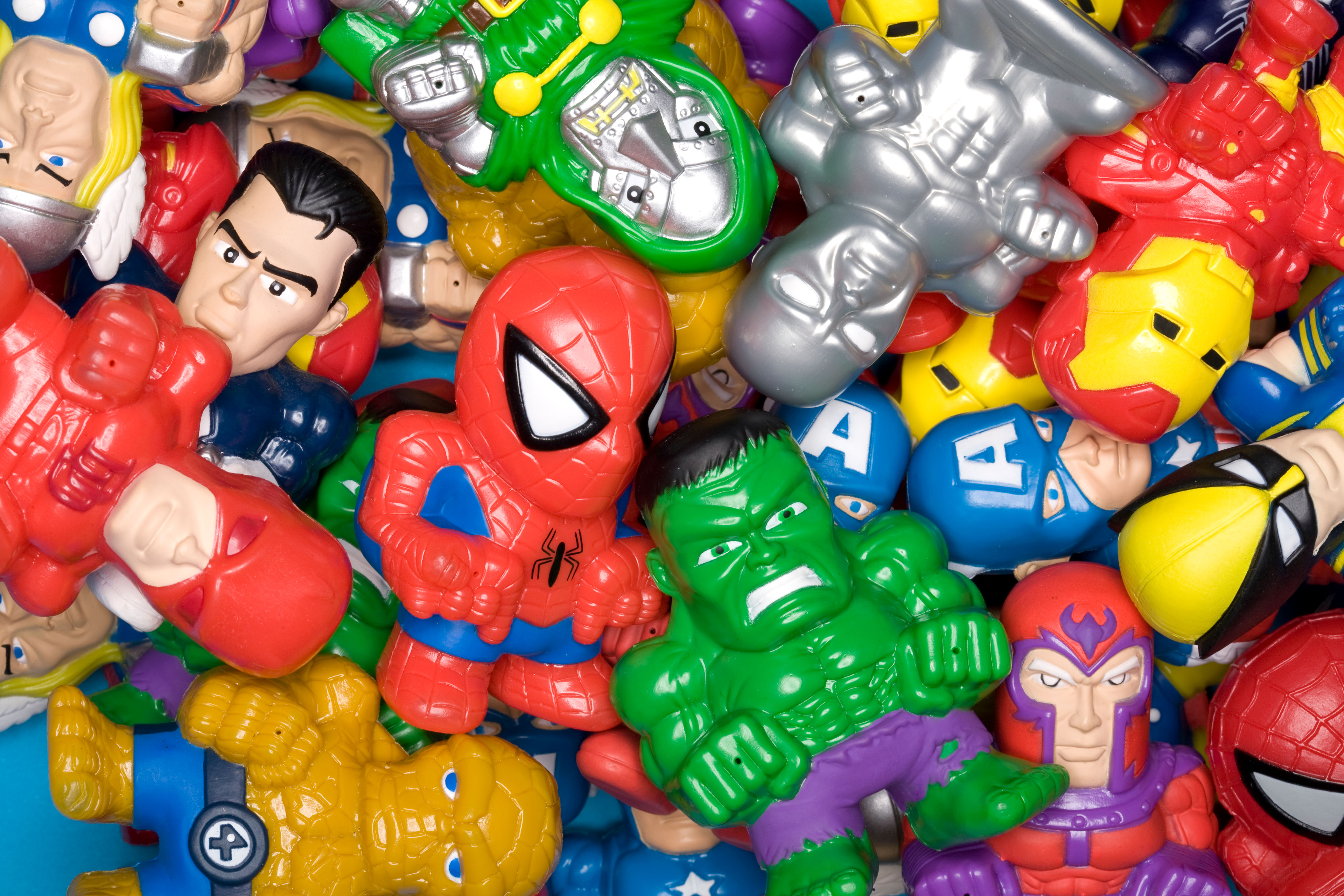
Just like us, our children can get overwhelmed by sheer amounts of ‘stuff’, so knowing how to organize toys is essential when it comes to ensuring happy and creative play. Plus, it keeps your home looking neat and tidy, too.
Tidying toys doesn’t have to be a chore – one of the best ways of organizing a bedroom is to develop a system that’s easy and enjoyable for kids to join in with. Accessible toy storage ideas are vital, too.
‘If your system is too complicated and detailed, or has too many steps, kids (and adults!) won’t stick to it,’ says professional organizer Vicky Silverthorn of You Need a Vicky.
How to organize toys
Whether you’re looking for clever playroom ideas or neatening kids' room ideas and tidying solutions, we’ve brought together top tips from the experts on how to organize toys.
1. Edit your toy collection
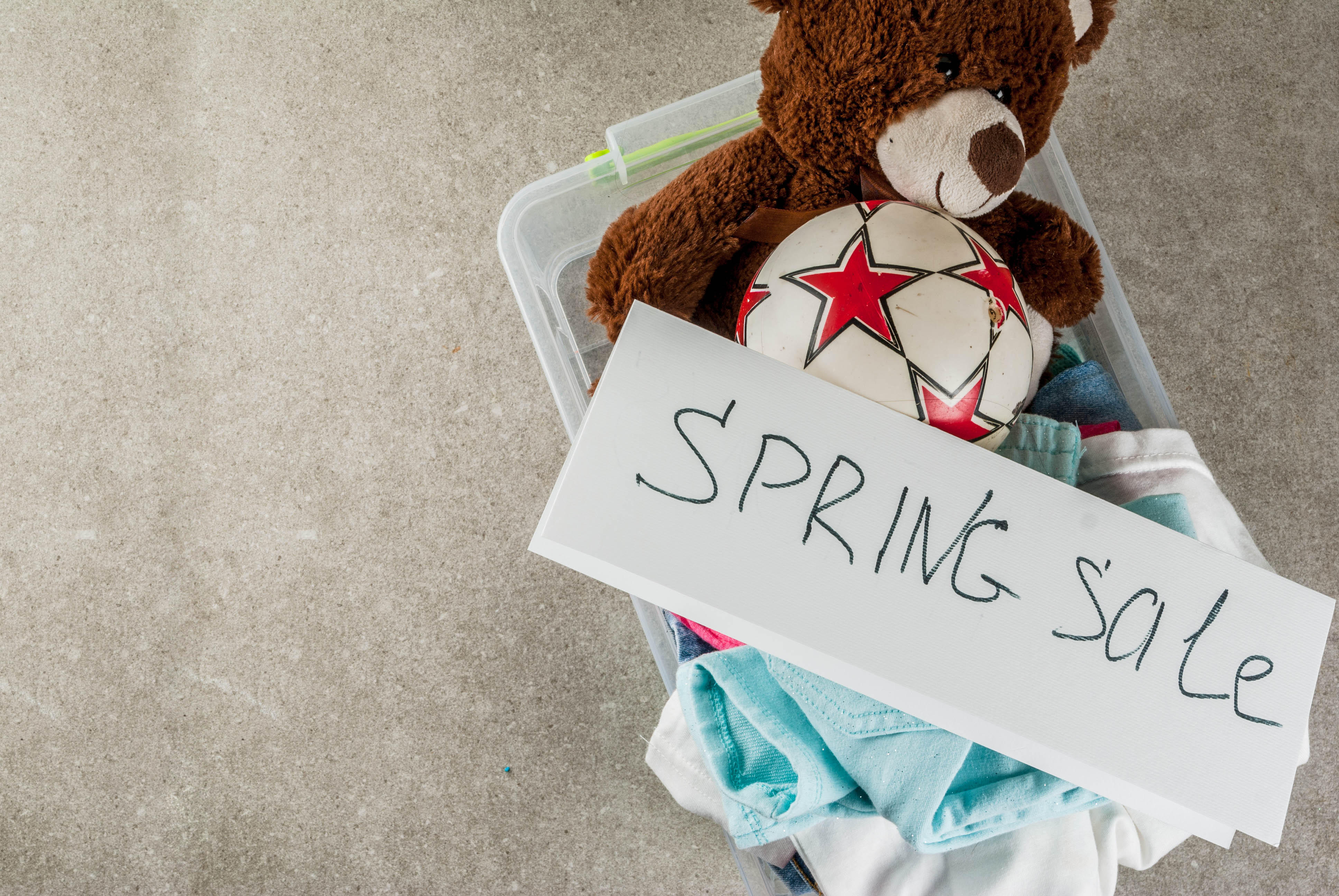
When it comes to toys, less is more. Not just for the purposes of keeping them well-organized, but also to improve the quality of your child’s play overall.
‘We all like to spoil our children with lovely things, but the psychology behind it shows that we may be causing them stress when we crowd their vision. Too much choice and decision can cause them to become overwhelmed and lose interest more quickly,’ says Vicky.
Just as with organizing clothes, begin by assessing what there is and pull together every toy in the house. Recycle, fix or rid of broken toys, used sticker sheets, full coloring books – anything that no longer serves a purpose. Try to limit to just a few types of each toy and donate any extras, as well as any that your children have outgrown.
If your child is helping, emphasize the importance of donation and sharing, but don’t push them too hard; it can be a stressful process for adults, let alone little ones. Bear in mind that their attention spans are shorter than adults, so work in small bursts to keep them focused.
2. Rotate toys on a regular basis
In the same way that you put your seasonal clothes away when organizing a closet, rotating toys is a great way of freeing up storage space, plus encourages children to engage with the smaller number of toys on offer.
‘You don’t need the zoo and the farm out at the same time, for example’, says professional organizer Kathryn Lord of More to Organising. ‘Reducing what is available and then switching them out means they’ll be more excited when that toy comes back.'
Start with two or three boxes per child and fill each with a mix of toy types. Depending on your system, you could rotate these on a weekly, monthly or tri-monthly basis.
3. Choose suitable storage
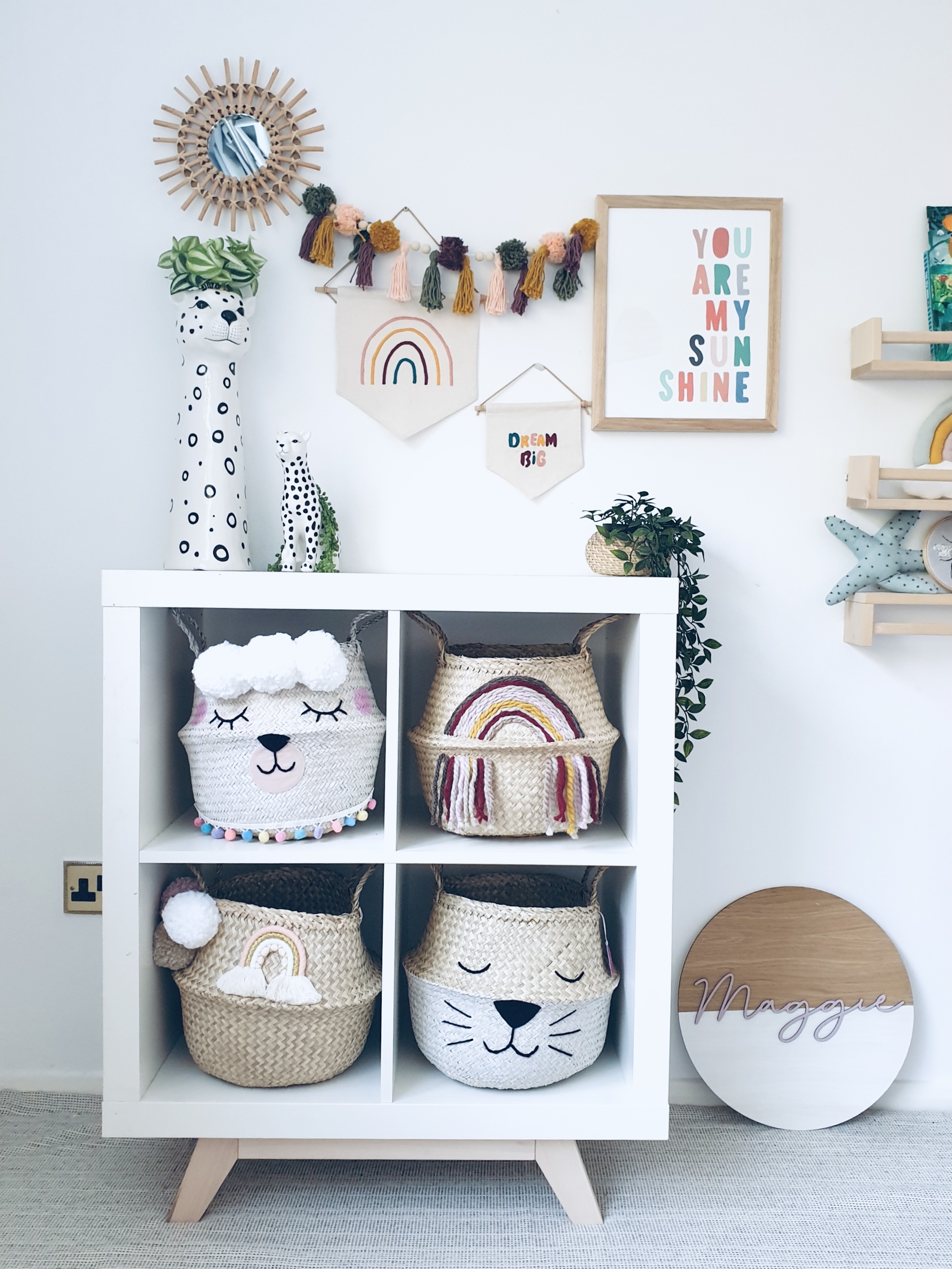
While toyboxes and trunks have their place, they’re not the most efficient when it comes to organizing toys. Cubby-style storage is especially useful; individual boxes that fit neatly inside mean children can clearly see and access toys quickly, rather than digging through for missing pieces.
Peter Erlandsson, Co-Owner of String Furniture, recommends investing in a flexible storage system that you can adapt as your child’s storage needs change. ‘With modular shelving you have the flexibility to curate a configuration that grows with your child, and their equally expanding toy collection.’
If you’re tight on space, Alex and Kris Tolofson, directors and founders of Noa and Nani advise looking for versatile furniture that serves a dual purpose. ‘Cube storage which doubles as a seat, for example, or a desk – not only does this provide a helpful surface for books, gadgets or arts and crafts but the integrated drawer provides another more discreet space for small toys.'
But you can bring order with small solutions, too, and the bedroom organizers that work in adults’ rooms can often help tidy toys.
4. Group like items together
When it comes to categorizing toys, the golden rule is to keep it simple. If the system is too complicated, children – and adults – will find it hard to stick to. Avoid being too precise with categories; instead of specifying ‘dolls' clothes’ or ‘fire engines’, keep it more general: ‘dolls’ or ‘vehicles’, for example. This has the bonus of encouraging creative play, too.
5. Use open baskets, bins and boxes
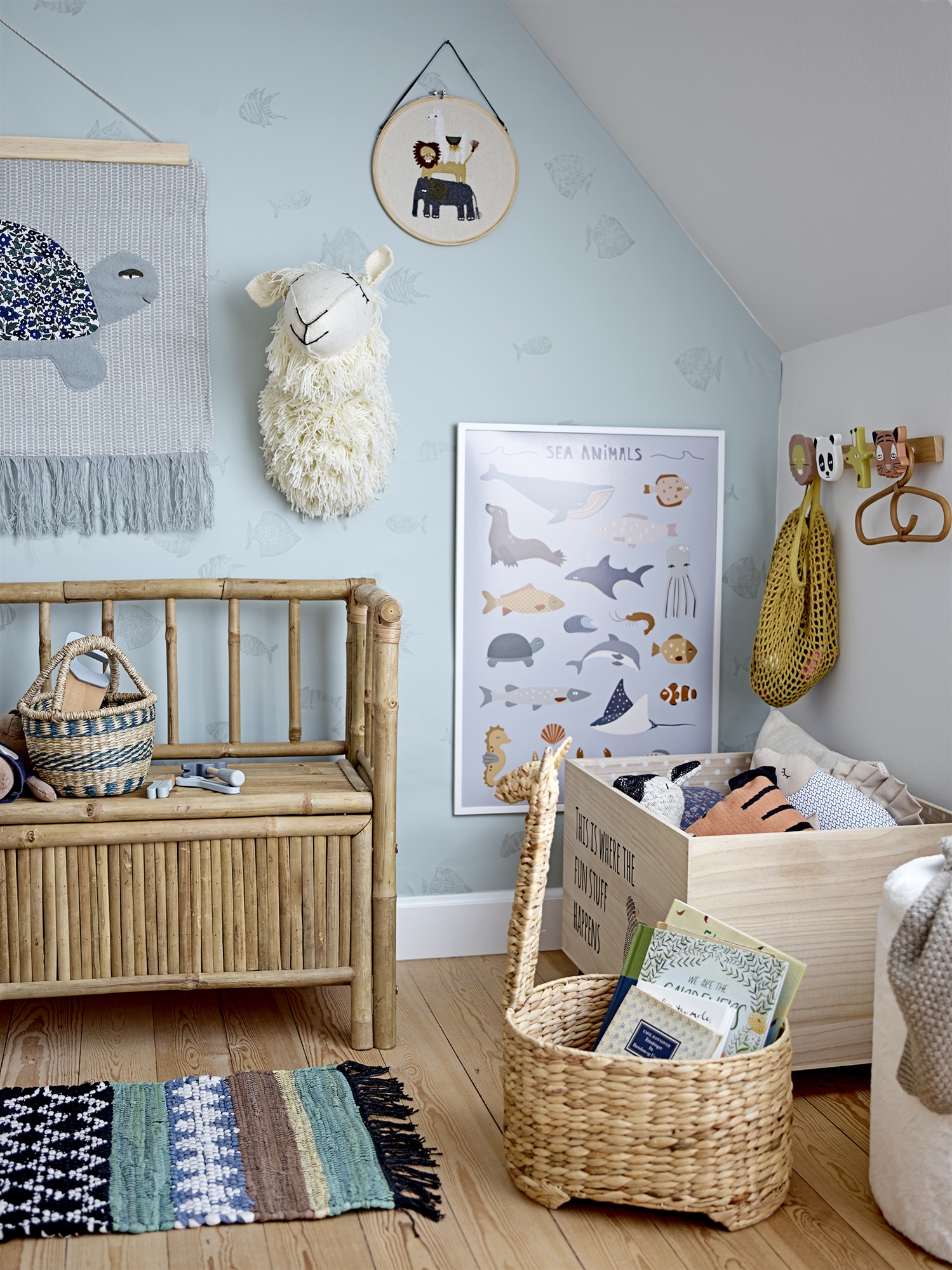
When it comes to children and their toys, the phrase ‘out of sight, out of mind’ applies. To ensure they’re playing with a varied selection of toys, try and keep as much as you can in plain sight and within easy reach.
‘Use open storage where you can’, says Lauren, founder of Not a Boring Box. ‘Baskets with handles are great as they’re easy to pull out and your kids won’t have to struggle with lids. Best of all, they can literally throw it all back in it when it comes to tidy up time.'
6. Label clearly
If your child is of reading age, label boxes clearly and simply so they know when things belong. ‘Adding pictures helps them recognise the words, plus means younger children can join in too, even if they can’t read just yet,’ says Kathryn.
7. Use zip wallets to keep sets together
While baskets, boxes and bins work fine, zip wallets are a great space-saving storage option when it comes to keeping small pieces together (think Lego, puzzles… any kind of ‘set’) as you can slot several into one drawer or cubby hole – the file and fold method, more commonly associated with organizing drawers, works brilliantly here.
‘Place them vertically, a bit like how you would keep papers in a filing cabinet’, says Emma George of Declutter with Emma.
8. Store stuffed toys in style
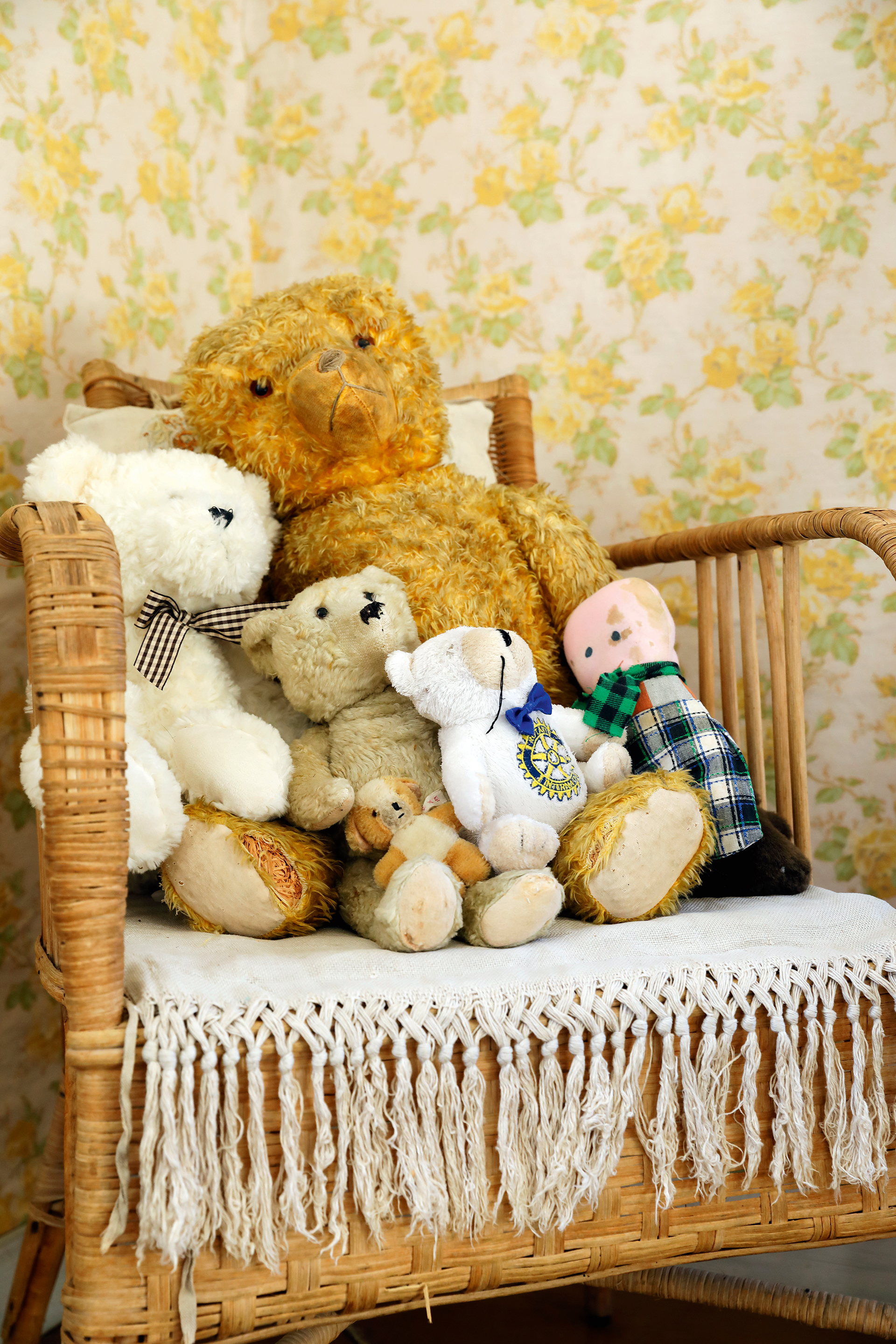
If you’re getting to a point where teddies are taking over the bed, consider re-homing them into soft hanging baskets or wall hammocks. That way, they’re kept off the floor so they don’t get stepped on or tripped over and children can see their whole collection at once.
‘Children get really excited to see their favorite cuddly toys together, and it can bring comfort at bedtime, too,’ say celebrity organization experts, the Style Sisters.
9. Store some toys out of reach
Whether it’s a tricky puzzle or a messy craft set, there are some toys that you’ll want to keep out of reach of little hands until a time when you can be around to help them. This is also important if you have children of different ages; anything unsuitable for your youngest should be kept out of reach to ensure an adult is aware when it’s being played with.
10. Give toys a designated home
To keep your home tidy, you ideally want to store toys in just one or two designated rooms: your child’s bedroom and a playroom, for example.
'I like to have a designated location for toys, and I make sure my children are aware of where their toys belong,' she says. 'This way, they can help put away their own toys after playtime too’, says organizing guru, Marie Kondo.
However, that doesn’t mean children need to feel restricted in where they can play – any room should be available to them. Invest in light, portable caddies that children can fill with toys and move around the house as they please.
Alternatively, leave an empty basket in each room of the house that you and your child can throw loose toys into throughout the day, then return them to their original homes before bed. ‘Opt for natural toy storage, made out of seagrass or wicker, so they blend in with your décor’, advises Lauren.
How do you categorize toys?
Categorizing toys is a great way of ensuring children can find what they need quickly and easily – and tidy it up just as quickly and easily afterwards. The key is to keep things as simple as possible. ‘If you make it too specific, children will get frustrated. You can always expand the categories as they grow,' says professional organizer and founder of Sort Well Organizing Co., Julie Onstot.
Stick to generic categories, such as ‘vehicles’, rather than ‘fire engines’, ‘police cars’, ‘electric cars’, etc, and store them in open, lidless boxes and bins.
Ann Marie Cousins, interior designer and founder of AMC Design also recommends using color as a categorizing tool. ‘I find that children respond really well to color, so try allocating categories to colorful baskets or boxes to make it easier for them to organize their own items,’ she says.
How do you declutter and organize toys?
Toys can be one of the biggest challenges when trying to achieve a tidy scheme and particularly when it comes to organizing a small bedroom, and there’s no doubt that regular decluttering and sorting is the answer. However, it’s important to remember that just like adults, a child’s things often hold a great deal of emotional significance – the process can be difficult for them.
You can declutter on behalf of children under three – you know what they love to play with you can always hide a few things for a while to ensure they won’t be missed. Older children should be included in the decluttering process. ‘If you’re donating items, explain the importance of sharing and giving; donate toys to charity shops, nurseries or family centers so your kids know they’re going to make other children happy,' says Vicky. It’s best to declutter little and often to prevent them from becoming too overwhelmed.
To keep toys organized going forwards, instill a one-in-one out rule – it often helps to go with the angle of ‘what to keep’, rather than ‘what to get rid of’. Suggest taking pictures of things they’re not keeping so it doesn’t feel too final.
Sign up to the Homes & Gardens newsletter
Design expertise in your inbox – from inspiring decorating ideas and beautiful celebrity homes to practical gardening advice and shopping round-ups.
For 10 years, Tara King worked as a Content Editor in the magazine industry, before leaving to become freelance, covering interior design, wellbeing, craft and homemaking. As well as writing for Ideal Home, Style at Home, Country Homes & Interiors, Tara’s keen eye for styling combined with a passion for creating a happy – and functional – family home has led to a series of organization and cleaning features for H&G.
-
 I’m an HVAC technician, and this is when I turn my AC on each year – plus 5 checks I always do beforehand
I’m an HVAC technician, and this is when I turn my AC on each year – plus 5 checks I always do beforehandSave yourself an AC hassle by running my checks and turning it on before big heat hits
By Josh Mitchell Published
-
 This simple marble hack elevates my budget-friendly wooden kitchen countertops and prevents the dreaded water damage for way less than you’d think
This simple marble hack elevates my budget-friendly wooden kitchen countertops and prevents the dreaded water damage for way less than you’d thinkThis design trick looks expensive, solves a problem, and was the easiest decision I made during my kitchen reno
By Charlotte Olby Published
-
 7 dorm room organizing rules for less clutter and more space
7 dorm room organizing rules for less clutter and more spaceExperts offer their top tips for creating a well-organized dorm room, no matter the size, space, or layout.
By Ashley Chalmers Published
-
 How to maximize storage in a small or shared dorm room, according to pro organizers
How to maximize storage in a small or shared dorm room, according to pro organizersFind out all the hidden storage zones you might never have noticed
By Ashley Chalmers Published